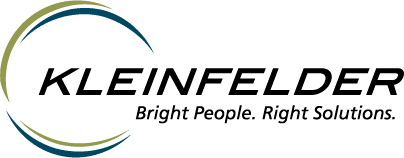
Get to Know Kleinfelder’s Pacific Team
You may be hearing more about Kleinfelder’s Pacific team, but do you know who, what, and where that team is?

Cacilie Craft, MA, RPA, Pacific Program Manager
First, some background
In August 2020, Kleinfelder acquired Garcia and Associates (GANDA), a firm largely focused on environmental planning and permitting services throughout the Western United States – including the Pacific.
Where is the Pacific, you ask? It’s a vast area comprising numerous island groupings, cultures, and communities. In Kleinfelder’s world, the Pacific refers to our Hawaiʻi and Guam operations (click here to see them on the map).
Who is the team? Cacilie Craft, MA, RPA, serves as Pacific Program Manager, leading a team of archaeologists and environmental specialists from Kleinfelder’s Honolulu, HI and Tumon, Guam offices. Mark W. Connelly serves as Area Manager, as part of the Northern California and Pacific Area.
OK, now that you have some background, let’s talk about what the Pacific team actually is and does!
Although the Pacific, as a geographical area, is pretty spread out, it’s also a very tight community. And Kleinfelder’s Pacific operation includes 26 years of cultural and natural resources consulting experience in this very niche region of the U.S.
“Gaining traction is heavily dependent on the time you’ve spent working the soil and reading the waves,” Cacilie said. “We wanted to speak to our hard-earned experience while also better introducing our new name to the community we’ve served for the past several decades.”
And thus, Kleinfelder’s new Pacific-specific logo, as seen above, was born.
The design of this new logo was a collaborative process. The Pacific team brainstormed possible design motifs that would reflect who Kleinfelder’s Pacific team is and what they do in a way that would resonate with the clients and communities in that region. They then came to the Communications team to make it a reality.
Ultimately, a CHamoru Sakman, a type of outrigger canoe, was chosen as the main symbol of the new logo due to the Pacific-wide importance of outrigger canoes. The draft designs were shared with the Pacific team, who suggested edits to ensure the design was culturally accurate.
Why the Sakman?
Mikhael Phelps, an archeologist in our Tumon, Guam, office, explained that, as early as the 16th century, Western sailors praised the superior sailing prowess of the CHamoru people, even calling the sakman, a “Flying Proa” from how it swiftly swept across the water.
This type of outrigger canoe – an innovation in nautical technology created by the Austronesian-speaking peoples of Island Southeast Asia circa 1500 BCE – carried migrations of Austronesian peoples as far West as Madagascar and throughout the Pacific, to the reaches of Hawaiʻi, Aotearoa, and Rapa Nui.
It is “both the means and the symbol of a life of possibilities in a world where an immense obstacle, like an ocean, becomes the very place from which you grow, thrive, and maintain connection,” Mikhael said. “It is a way when there seems to be no way.”
In fact, one such type of canoe, the Hōkūleʻa (built using traditional designs by the Polynesian Voyaging Society in Hawai’i) is embarking on their second worldwide voyage to spread aloha and increase awareness of the Pacific and impacts of climate change (read more here).
All to say, the sakman design is one that has rich history, cultural significance, and is still very much relevant in the Pacific region today.
Join the Team
The Pacific team is hiring! View career opportunities here.



